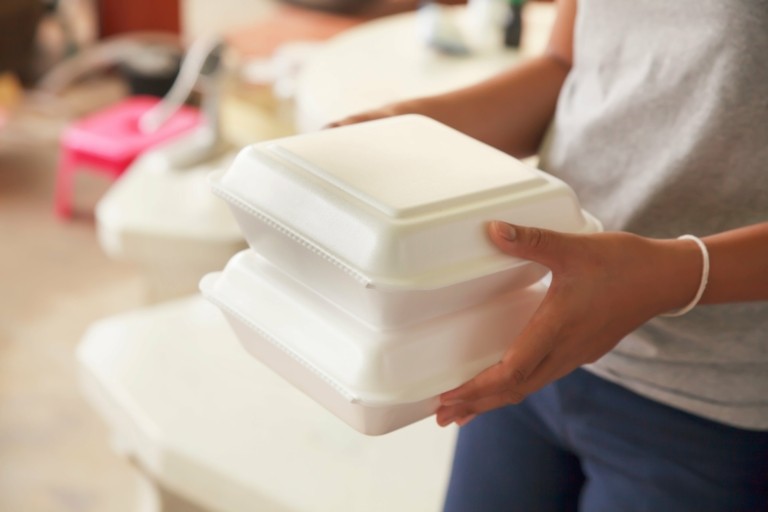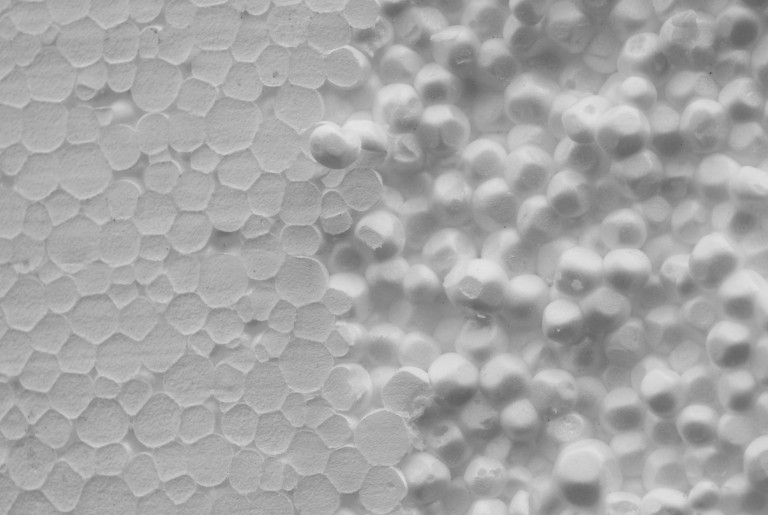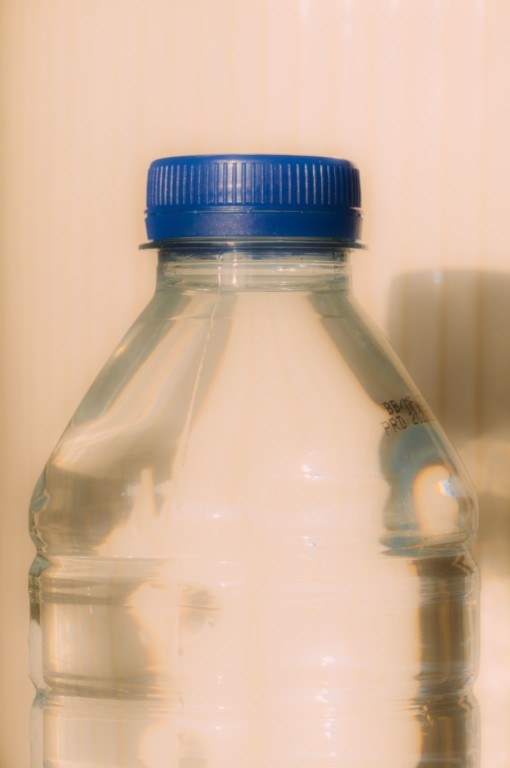
Compostable Products Confuse Public
Composting confuses the public as what products go where and why have local residents baffled, even the compost facilities need to approve each individual item. Cedar Grove compost facility which is an approved site for BPI says that even though BPI certifies products, it may not meet their standard for composting, more testing is needed to see if your products meet their requirements for an 8 week period of time for composting.
Blogger Carrie Sturrock takes the lead in this story of confusion over composting.
Don’t even think about tossing that empty latte cup in a garbage can near the Saturday Portland Farmers Market at Portland State University. Plywood blocks the openings and a sign directs marketgoers to an “EverGreen Station” for composting, recycling and if all else fails — trashing.
An inconvenience, yes. But the market wants to retrain people to properly dispose of the bags, boxes, cups, forks, spoons and other packaging they collect as they sip espresso and eat their way past local farmers peddling freshly picked chard and radishes. All that garbage adds up. The PSU site generates roughly 13 tons of garbage over a season of Saturdays. And until now, very little of it was composted or recycled: just 2 percent in 2008.
The new stations are part of a three-year campaign to slash waste by 90 percent across the market’s six locations. PSU, the biggest market with the most hot food vendors, is first on the list. It’s a laudable goal but when I first learned it got a one-year $15,000 from the city and the farmers market was calling it a “campaign,” I scratched my head. How hard is it to get people to throw their trash in the proper receptacle?
Hard.
In part because it’s complicated. Think about recycling at home: How many times have you wondered whether the cardboard butter container is recyclable (it’s not). What about the paper orange juice container (it is). Throw composting into the equation with bleary-eyed Saturday morning shoppers and it’s flat-out confusing.
People see a “garbage type” container and just dump what’s in their hands, says Anna Curtin, education and events specialist for the Portland Farmers Market. Even with volunteers directing trash traffic with three clearly marked “Compost It”, “Recycle It” and “Waste It” containers, what-goes-where can be baffling.
And that’s partly because not everything marked biodegradable or compostable actually is.
Initially the market posted pictures of what belonged in each container. When that continued to befuddle shoppers, they duct-taped the actual items on the sign over the openings. So above “Waste It” they taped, among other things, a Starbucks coffee cup, biodegradable cutlery and a small clear cup with a “biodegradable” sign on it. Over the “Compost It” they duct-taped a different coffee cup, a brown box and a paper plate.
See, biodegradable is somewhat subjective. An item may be biodegradable in one compost facility but not in another. Cedar Grove Composting has done the commercial composting for Portland since the city first started more than five years ago. If a company sells an item that meets ASTM or the Biodegradable Products Institute (BPI) standards for compostability but Cedar Grove hasn’t tested it, the facility charges $1,500 to ensure the item will compost in its system, says Jerry Bartlett, chief environmental and sustainability officer for Cedar Grove.
Why the difference? Bartlett explained a lab test might involve 12 weeks of composting while Cedar Grove composts for just eight weeks. A lab might heat the compost to a different temperature than Cedar Grove and different microbes break down different materials at different temperatures.
“A lot of manufacturers are making things that don’t make it pass our system but believe that even if it doesn’t get composted . . . it’s better in the landfill than plastic,” he said.
But that doesn’t make a lot of sense since anything biodegradable in the landfill just eventually turns into the potent greenhouse gas, methane. Peter Spendelow, a solid waste policy analyst forDEQ feels strongly about this: something marked “compostable” is only environmentally friendly if it’s actually composted.
Springwater Farms out of St. Helens will take a portion of the PSU compost this year and try and grow mushrooms on it, piloting a closed-loop compost system. But for compost headed to Cedar Grove, the farmers market main’s concern is not contaminating waste streams. If the compost contains too much garbage or recyclables, the load will get landfilled. Everyone involved in the process from Cedar Grove to the city said it’s important to just keep on educating everyone.
And that’s why volunteer Andre Bartlett, 29, stood in the freezing, intermittently heavy rain on a recent Saturday directing trash traffic. After explaining the system, he watched as Paulette Bierzychudek of Portland, an avid home composter, threw her cardboard oatmeal container in the compost and her corn-based spoon in the trash.
“After this gentleman explained what goes where, it made sense,” she said. “It is a little complicated but so is life.”
– Carrie Sturrock: read her blog at
blog.oregonlive.com/pdxgreen
That is why BioSphere biodegradable plastic has designed their plastic additive which work for the manufacturer and consumer, easily understandable and without the confusion. Products using BioSphere biodegradable plastic additive get thrown into a landfill, biodegrade, create methane, methane is then captured and powers homes and businesses across their communities.



